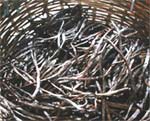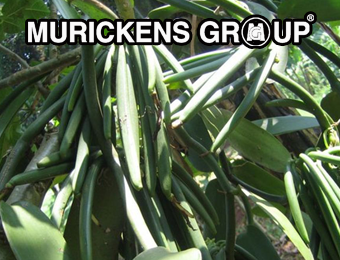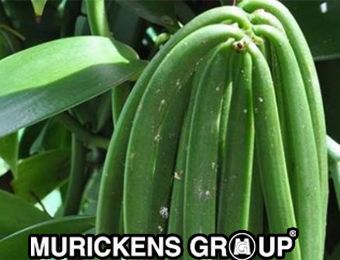


Genus Vanilla, member of a group of tropical climbing orchids, from the pods of which a widely used flavouring agent is extracted. Vanilla had been used to flavour xocoatl, the chocolate beverage of the Aztecs, centuries before the Spanish conquistador Hernán Cortésdrank it at Montezuma's court, and soon afterward vanilla became popular in Europe. Today it is used in a variety of sweet foods and beverages, particularly chocolate, confections, ice cream, and bakery goods, and in perfumery.
The vanilla beans of commerce are the cured, unripe fruit of Vanilla planifolia, Mexican or Bourbon vanilla, which is a native to Mexico, Gauttimala, Honduras. Now in india its cultivation made a revolutionary change especially in kerala like the places ofWyanadu, Kozhikode, Ernakulam,Idukki and Kottayam .“Vanilla fragrans” is the most common plant every one use.
Most suitable area for cultivation is up to 1000 m from sea level. The temperature is 16 – 38 degree c suitable but the most suitable temperature is 25 – 32 degree c. Too much rain is not good for its health normally. If we use 1 meter length stem for propagation, it will start flowering from 2nd year, but we get the full strength of yielding only after 6th years after the cultivation and it will continue upto 20 years. For Vanilla, the plant has a long, fleshy climbing stem that attaches itself by aerial root lets to trees; roots also penetrate the soil. Numerous flowers open at a time and lasts but a day during the blooming season, which lasts about two months. Because of their dainty structure, the blossoms can be naturally pollinated only by a small bee of Mexico; in other countries the flowers are pollinated artificially with a wooden needle as soon as they open. The fruit, a bean pod, reaches its full length of about 8 inches (20 cm) in four to six weeks but may take up to nine months to mature. As soon as they turn golden green at the base, the unripe beans are harvested. Normally we get 250 to 350 kg seeds from one hectare land. In one hectare land we can plant 1500 to 2000 plants .
The mango does not require any particular soil, but the finer varieties yield good crops only where there is a well-marked dry season to stimulate fruit production. In rainy areas a fungus disease known as anthracnose destroys flowers and young fruits and is difficult to control. Propagation is by grafting or budding. Inarching, or approach grafting (in which a scion and stock of independently rooted plants are grafted, and the scion later severed from its original stock), is widely practiced in tropical Asia but is tedious and relatively expensive. In Florida, more efficient methods—veneer grafting and chip budding—have been developed and are used commercially.
Alpohonsa, Kalpady, Neelam, Mundappa, Bamplora , Pairi,Baneshan, Mulgova are some of varieties suitable for cultivation in Kerala.The tender mango of local type trees are good to prepare kannimanga.(a tasty pickle). Ripe mango is good to prepare mango pickle and uppumanga. Mango fruit is also used to make fruit juice and mango thera. Mango is also used to prepare chutney (a tasty dish).



MURICKENS GROUP
HO : KOTTAYAM-KADUTHURUTHY
BR : KOTTAYAM- CEMENT JUNCTION
ERNAKULAM-PALARIVATTAM
Real estate cunsulting officials at U.S.A. (Texas & Newyork) & Bombay
Email : mg@murickens.com, murickans@gmail.com